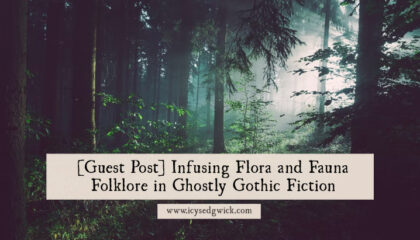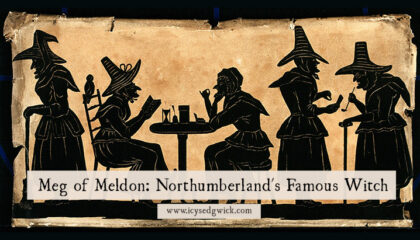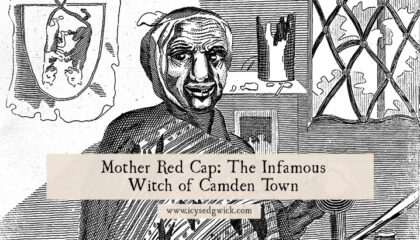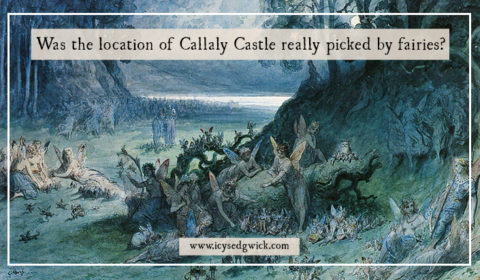Unlike the witch who started the Legendary Witches series on this blog (Wookey Hole), the ‘witch’ in this story really existed. Yet a legend is attached to her that makes her worthy of investigation. We’ll need to head to King’s Lynn in Norfolk in the 1570s and 1580s. There’s a building in the northwest corner […]
Blog
Infusing Flora and Fauna Folklore in Ghostly Gothic Fiction
If you ever attended my ‘Using Folklore in your Fiction’ workshop, you’ll know I’m a big believer in weaving folklore throughout our stories. After all, it helps to preserve the echoes of these tales and it can also help us connect to what we’re reading. To show how this can work in terms of ghostly […]
Meg of Meldon: Northumberland’s Famous Witch
Tales of legendary witches often focus on their awesome powers, their familiars, or their fearsome reputation. Northumberland’s most famous witch, Meg of Meldon, has but one of those. But better than that, she was a real person. Meg of Meldon is Northumberland’s most famous witch. But was she really a witch, or just a hard-hearted […]
Mother Red Cap: The Infamous Witch of Camden Town
We’ve already discussed here on the blog the strange link between beer and witchcraft. But the link becomes even more apparent through the tale of Camden’s Mother Red Cap. The short version of the story is that Mother Red Cap lived in a small cottage in Camden Town. The spot where the house stood was […]
The Witch of Wookey Hole: Petrified for All Time
A casual browse of Google Trends shows public interest in witches has remained pretty steady for the past five years, with peaks around Halloween every year. But witches don’t have to remain something you encounter in fancy dress, or as part of an Instagram hashtag. If you venture to Wookey Hole in Somerset, you can […]
Was the location of Callaly Castle really picked by fairies?
Callaly Castle stands around 9 miles west of Alnwick. It’s a Grade I listed building, although there’s no public access. Architects divided the house into private apartments in 1987, and it has been a private residence ever since. Yet the castle features an odd history, as many castles in the north east of England do. […]











